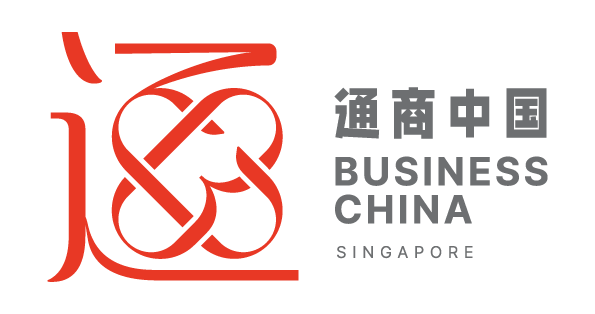Prime Minister Lee Hsien Loong and the Family of the late Mr Lee Kuan Yew
Speaker of Parliament and Cabinet colleagues
Members of the Community Tribute Organising Committee
Ladies and Gentlemen, and fellow Singaporeans
1. We gather here today to remember and pay tribute to Singapore’s founding Prime Minister, Mr Lee Kuan Yew. This venue is very meaningful, as it was here that Mr Lee gave his last National Day Rally speech as Prime Minister in 1990.
2. That we are here together today – Chinese, Malay, Indian, Eurasian – is itself testament to Mr Lee’s vision of a multi-racial Singapore.
3. Mr Lee understood the importance of inculcating a sense of belonging and ownership for every Singaporean – that we are all Singaporeans, first and foremost, regardless of race. That each community has a place here, and can chart its own future as an integral part of a united Singapore.
4. He valued the contributions that each community could make to Singapore, but also recognised the uniqueness of each community and their differences. He facilitated the setting up of MUIS and championed the Mosque Building Fund scheme. He encouraged and supported the spirit of community self-help, which today is embodied in our self-help groups including CDAC, Mendaki, AMP, SINDA and the Eurasian Association – each taking ownership for and pride in helping its own community to do better, so that collectively Singaporeans would progress together.
5. Mr Lee supported the work of the Inter-Religious Organisation, and encouraged different community and faith-based groups to come together to promote inter-racial and inter-religious harmony in Singapore. Today, Singapore is the most religiously diverse country in the world, yet we live in harmony.
6. But Mr Lee was also conscious of the real dangers of chauvinism, whether language, race, or religion. He saw how, in our early years of nationhood, these differences had been exploited and led to conflict. He knew that if each community pushed for more, others would similarly push back. And, each community and the entire country would end up with less.
7. He recognised that harmony rested on a delicate balance based on give-and-take, mutual trust and understanding, and treating everyone fairly – regardless of race, religion or creed.
8. He and his multi-racial Cabinet team were determined to build Singapore on the foundation of multi-racialism, and placed great emphasis on inter-communal harmony. Over time, our various communities have strengthened the areas we all have in common to unite all Singaporeans as one people; and understand the danger of accentuating differences that could divide us.
9. These were not just principles or ideologies, but translated into actual policies and programmes that permeated Singapore society and everyone’s lives. Having national schools, not segregated by race. Promoting bilingualism, so that we have a common working language, but with each community maintaining strong links to its culture and roots. Upholding meritocracy, and non-discriminatory employment practices, so that it is hard work and abilities that count, not ethnicity. Bringing people together through public housing, rather than living separately in racial enclaves. Channelling politics towards multi-racialism through the Group Representation Constituency system, and away from narrow appeals to race. Taking firm action against those who denigrate other races or religions.
10. These measures may seem self-evident today, but each was contentious when it was first mooted. The easiest thing to do is to appeal to exclusive racial and religious identities. Mr Lee and his colleagues refused to do that. That was the core difference which caused the parting of ways on 9 August 1965. Instead Mr Lee and his colleagues chose to do the more difficult thing: create a Singaporean Singapore.
11. So, for Singapore and Singaporeans, multi-racialism is not just fine words, or a lofty ideal. It is a commitment we made to ourselves at the birth of our nation. It is a reality lived out every day.
12. The inter-racial, inter-religious harmony that we enjoy today is in large part because of Mr Lee’s insistence on a multi-racial, multi-religious, multi-lingual Singapore. It is a hard-fought gift that Mr Lee and our founding fathers have left for us. But it remains a work-in-progress, which we must never take for granted.
13. I thank the Organising Committee for coming together to organise this event – in the true Singapore spirit of multi-racialism. As we mourn the passing of Mr Lee Kuan Yew, let us also celebrate the achievements of his work of a life-time, draw strength from his leadership to inspire all Singaporeans to uphold this precious heritage – by working with our own communities, and as one society, to strengthen the ties that bind all of us, regardless of race, language or religion as one united Singapore.
14. Thank you.
